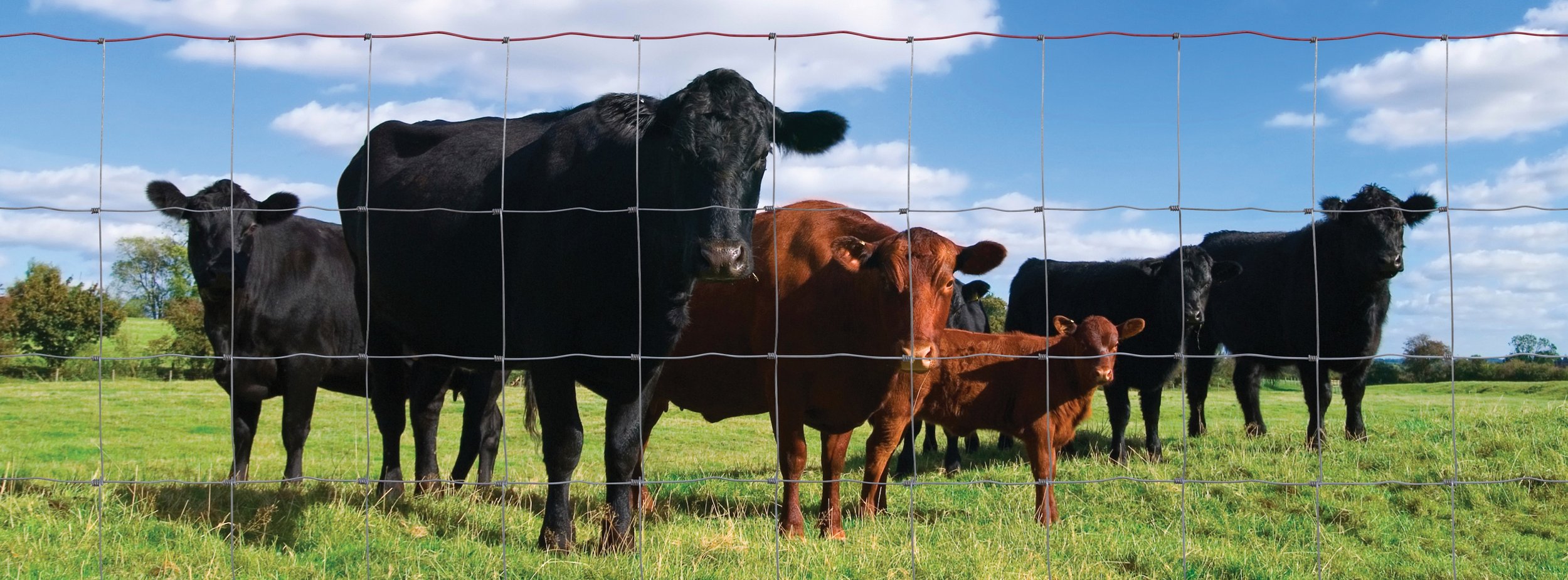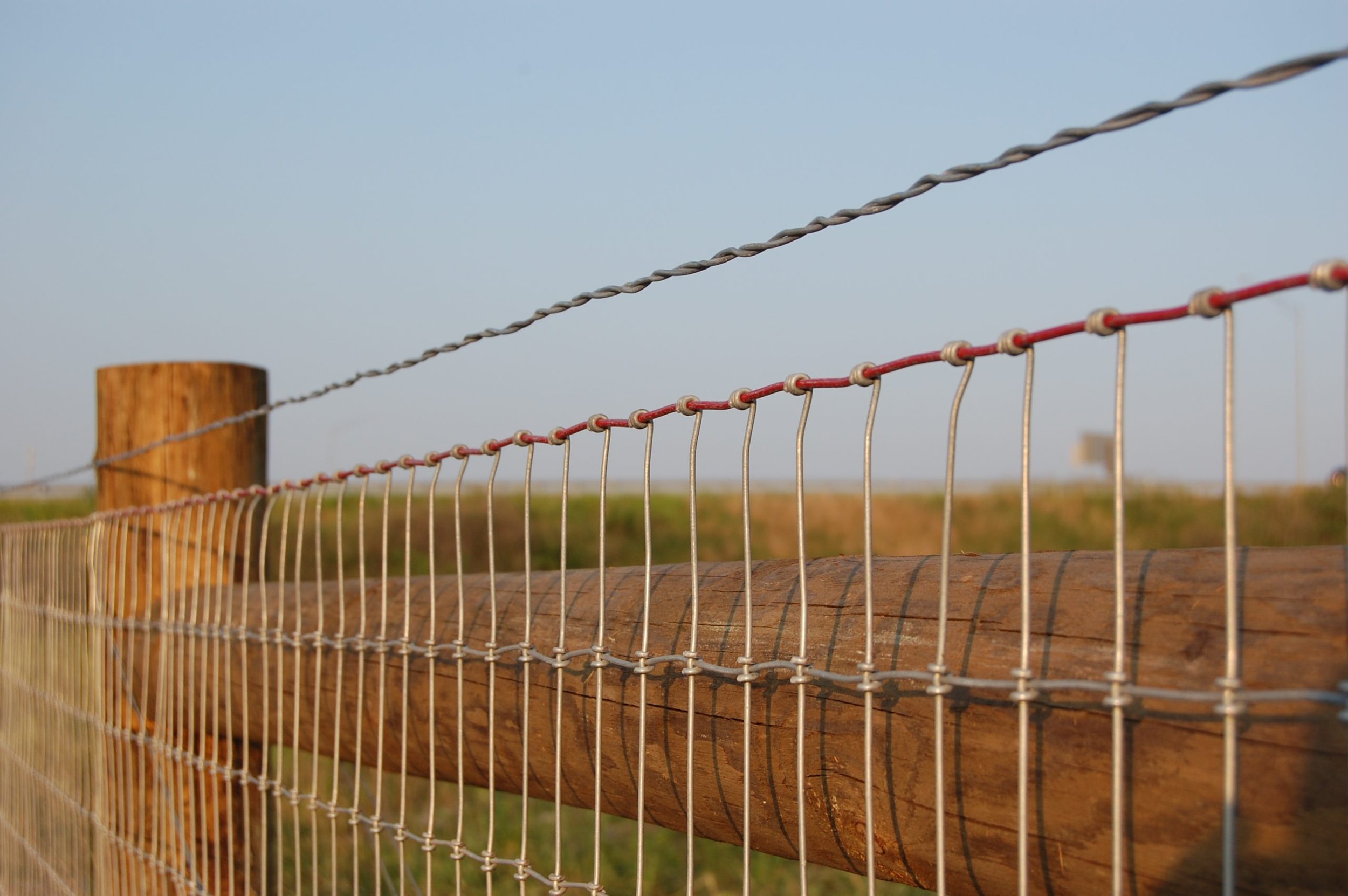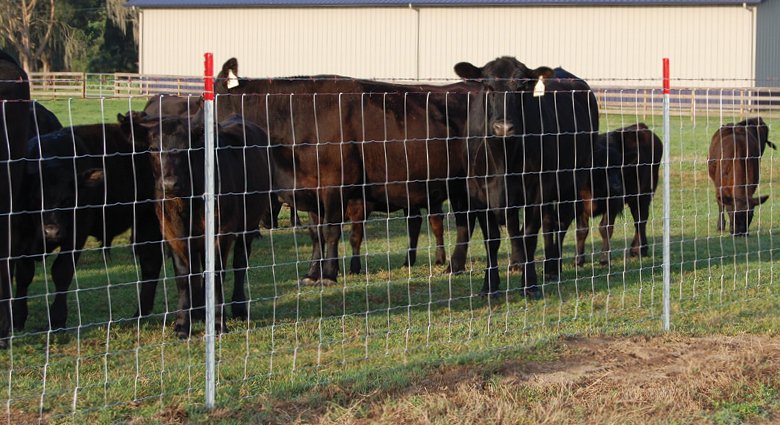Agricultural Fencing
Livestock Containment
Agricultural-style fences are specifically designed to contain livestock such as cattle, horses, sheep, and goats. In Ohio, where agriculture is a significant industry and many residents own rural properties or farms, these fences serve a practical purpose in managing livestock and ensuring their safety. Agricultural fences help prevent animals from wandering onto roads, neighboring properties, or into hazardous areas, thereby reducing the risk of accidents and conflicts with neighbors.
Property Protection
Agricultural-style fences help protect crops, gardens, and other agricultural assets from wildlife, pests, and unauthorized access. In Ohio, where farmers and gardeners cultivate a variety of crops and plants, including fruits, vegetables, and grains, these fences act as a barrier to prevent damage from deer, rabbits, groundhogs, and other animals that may forage or feed on crops. Additionally, agricultural fences deter trespassers and unauthorized individuals from entering private property, helping to maintain security and privacy for landowners in rural areas.
Land Management
Agricultural-style fences provide a clear delineation of property boundaries and help organize land for different agricultural activities and purposes. In Ohio, where land parcels vary in size and use, these fences help property owners establish distinct zones for grazing, cultivation, hay production, and other agricultural operations. By demarcating property lines and separating different land uses, agricultural fences contribute to efficient land management practices and facilitate the implementation of agricultural plans and strategies.





